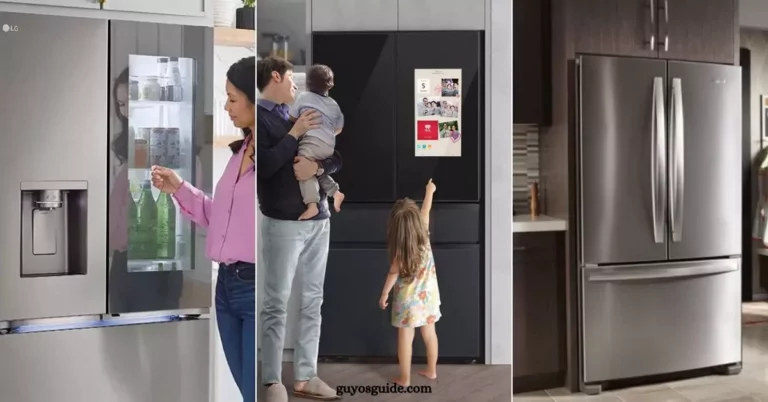20 Important Things You Need to Know About Your Refrigerator
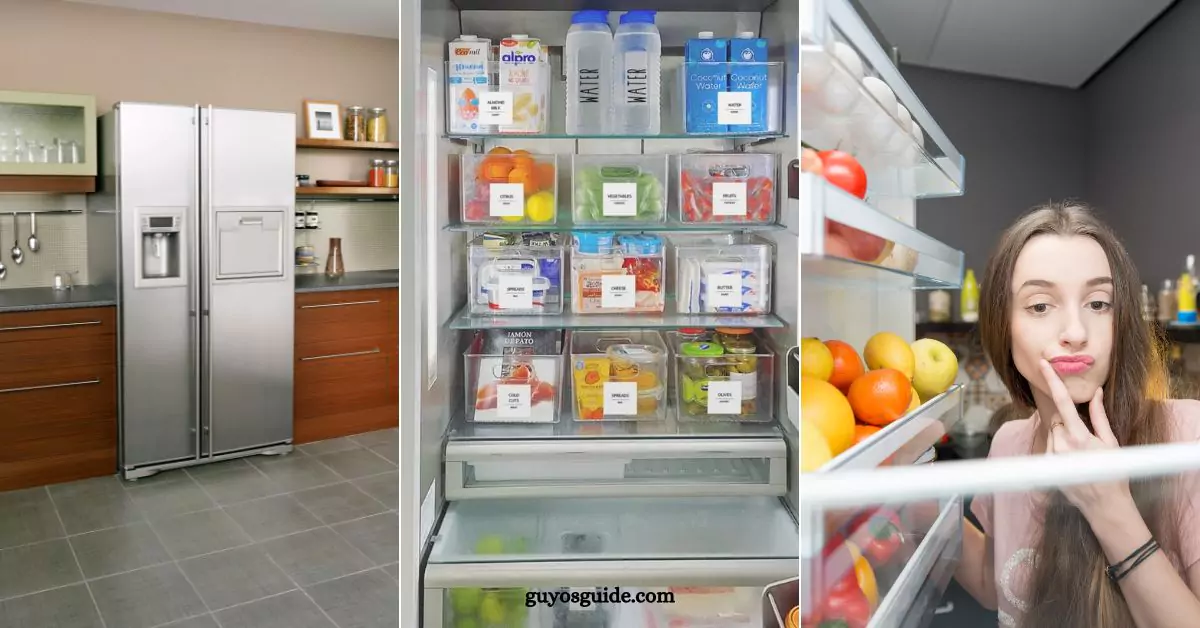
Some of the links in this post are affiliate links, meaning, at no additional cost to you, We will earn a commission if you click through and make a purchase.
Your refrigerator is a crucial appliance in your home, but do you really know all there is to know about it?
Understanding how your refrigerator works and how to properly maintain it can help extend its lifespan and keep your food fresh for longer.
In this guide, we will explore the important things you need to know about your refrigerator to ensure it continues to work efficiently.
Let’s get started.
1. Understand Temperature Zones
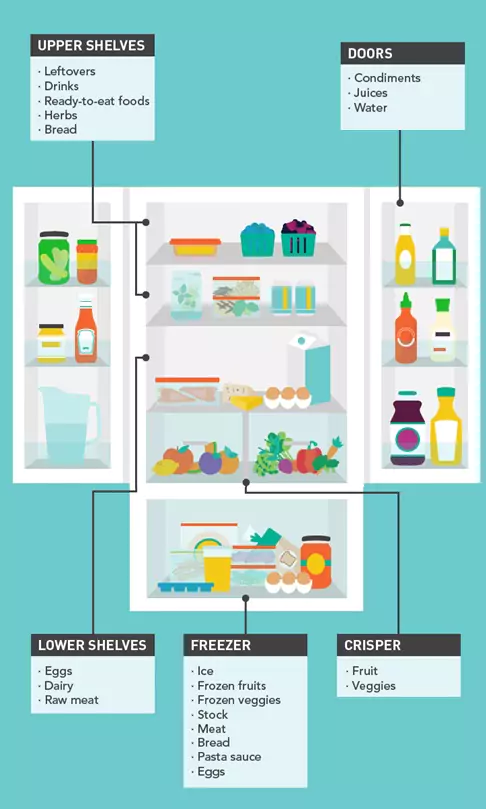
Keep in mind that different areas of your refrigerator have different temperature zones. The top shelves are typically the warmest, suitable for items like drinks and leftovers.
The middle shelves are colder, ideal for dairy and eggs. The bottom shelves and drawers are the coldest, perfect for raw meat and fish.
Look at the image for every detail.
2. Organize for Efficiency

Arrange your refrigerator to maximize efficiency. Keep frequently used items within easy reach and place perishable foods like dairy and meat in colder areas.
Use storage bins or baskets to group similar items together, making it easier to find what you need and reducing food waste.
3. Clean and Maintain Regularly
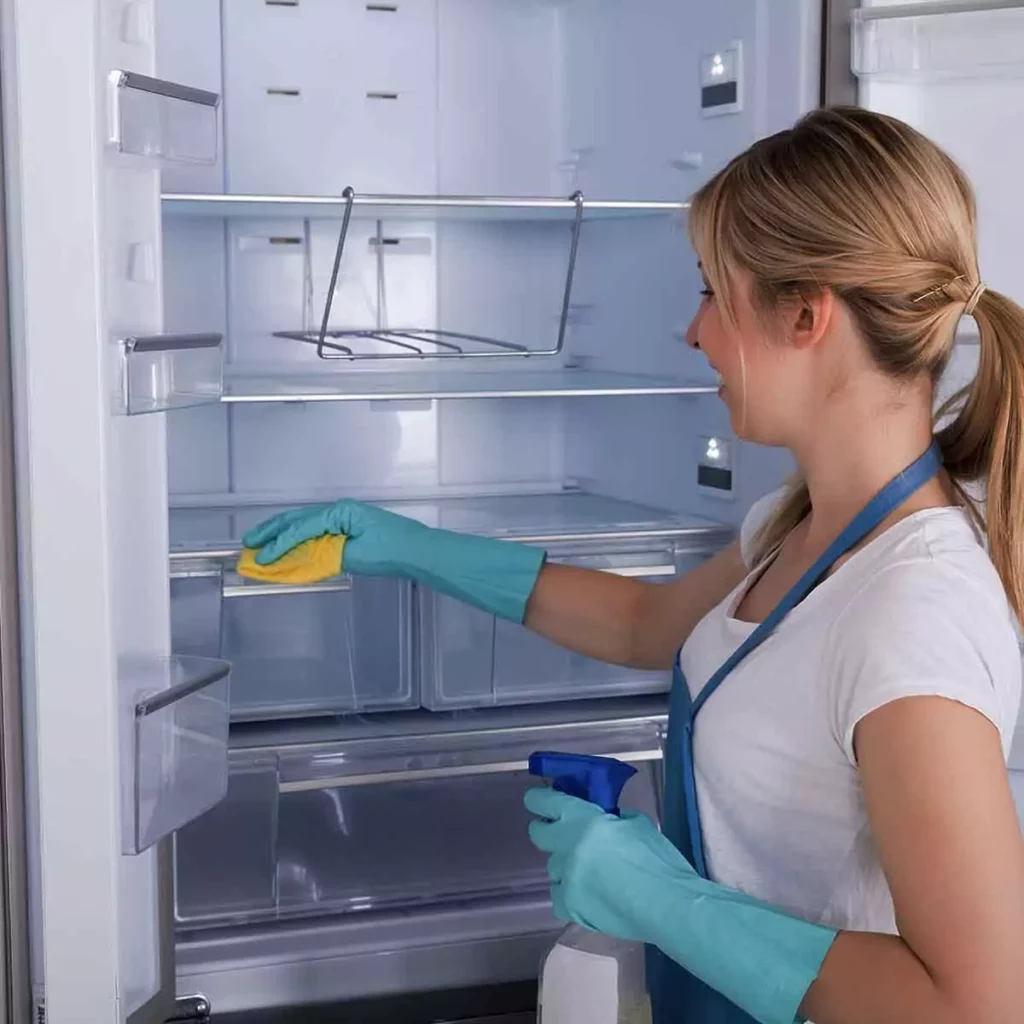
Regular cleaning and maintenance are essential for optimal refrigerator performance.
Clean spills immediately, wipe down shelves and drawers regularly and check door seals for tightness.
Replace water filters as recommended by the manufacturer to ensure clean and fresh-tasting water and ice.
4. Check Temperature Settings
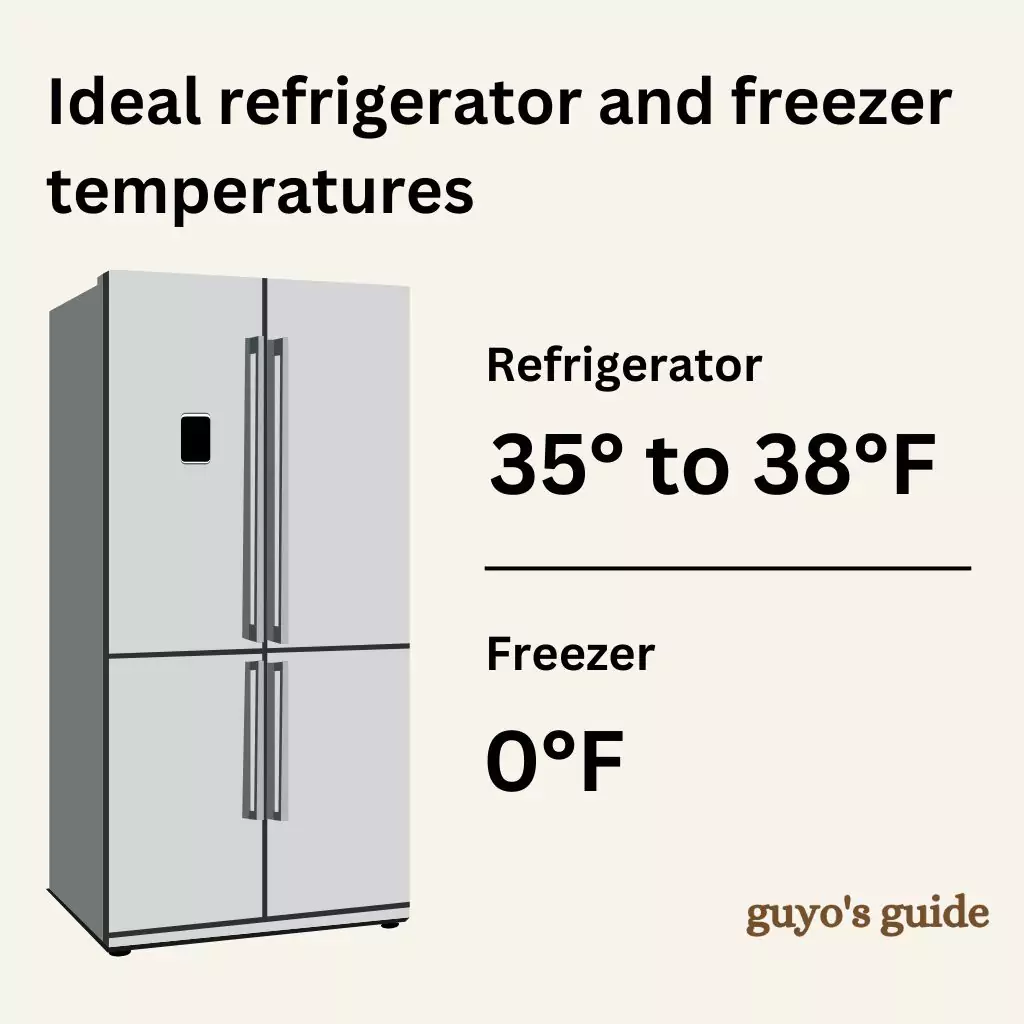
Monitor and adjust the temperature settings of your refrigerator to ensure food safety and freshness.
The recommended refrigerator temperature is between 35°F and 38°F (1.7°C to 3.3°C). Use a refrigerator thermometer to verify the accuracy of the temperature settings periodically.
5. Manage Humidity Levels
Some refrigerators have humidity-controlled drawers for storing fruits and vegetables. Adjust these drawers to maintain the optimal humidity level for different produce items.
High humidity is suitable for leafy greens, while low humidity is ideal for fruits like apples and pears.
Case Study: “John, a vegetable enthusiast, noticed that his leafy greens were wilting quickly in his old refrigerator. After adjusting the humidity-controlled drawer to high humidity, he saw a significant improvement in the freshness and crispness of his greens.“
6. Maximize Freezer Storage
Organize your freezer to maximize storage space and efficiency. Use stackable bins or baskets to keep items organized and easily accessible. Label and date frozen foods to keep track of expiration dates and prevent freezer burn.
7. Monitor Energy Consumption
Keep an eye on your refrigerator’s energy consumption to save on electricity bills and reduce environmental impact.
Choose energy-efficient models with the Energy Star label and avoid overloading the refrigerator, which can lead to higher energy usage.
8. Inspect and Replace Seals

Check the door seals (gaskets) regularly for wear and tear. Damaged seals can allow cold air to escape, leading to energy waste and potential food spoilage. Replace worn seals promptly to maintain the efficiency of your refrigerator.
9. Prevent Odors

Keep your refrigerator smelling fresh by following good food storage practices. Use airtight containers for strong-smelling foods, like onions and garlic, to prevent odors from spreading.
Place an open box of baking soda in the refrigerator to absorb odors and replace it every few months.
Example: “David stored leftover curry in an airtight container after learning about odor prevention. He noticed a remarkable reduction in lingering food smells in his refrigerator, making the overall experience more pleasant.”
10. Troubleshoot Common Issues
Be prepared to troubleshoot common refrigerator issues like excessive frost buildup, water leaks, or unusual noises.
Refer to the manufacturer’s manual for troubleshooting tips or contact a professional appliance technician for assistance.
11. Extend Shelf Life
Learn how to extend the shelf life of perishable items by storing them properly in the refrigerator.
For example, keep milk and dairy products on the middle shelves where it’s colder, and store meats in the coldest part of the refrigerator to prevent spoilage.
Use airtight containers or wraps to seal leftovers and prevent them from drying out or absorbing odors.
12. Utilize Door Storage Wisely
The door shelves in your refrigerator are the warmest areas and are best suited for storing condiments, beverages, and other items that don’t require consistent cold temperatures.
Avoid storing perishable items like dairy and eggs in the door, as they may spoil faster due to temperature fluctuations.
Example: “Alex rearranged his refrigerator door shelves after reading about temperature fluctuations. He now keeps condiments on the door and moved perishable items like eggs and dairy to the interior shelves, leading to less food spoilage.“
13. Defrost Properly

If your refrigerator has a manual defrost feature, make sure to defrost it regularly to prevent excessive frost buildup.
Follow the manufacturer’s instructions for defrosting, and never use sharp objects like knives to remove ice, as they can damage the refrigerator’s interior.
14. Maintain Airflow
Proper airflow is essential for even cooling throughout the refrigerator. Avoid overpacking shelves and drawers, as this can block airflow and lead to uneven temperatures.
Allow space between items for air to circulate freely, ensuring that everything stays properly chilled.
15. Upgrade When Necessary

If your refrigerator is old, inefficient, or constantly experiencing issues, consider upgrading to a newer model.
Newer refrigerators are often more energy-efficient, have advanced features like temperature control settings, and may come with warranties for added peace of mind.
Evaluate your needs and budget to find the best refrigerator for your home.
16. Proper Loading and Unloading
Efficient loading and unloading of your refrigerator can help maintain optimal temperatures and preserve food freshness.
Place bulkier items towards the back and lighter items towards the front to ensure proper airflow. Avoid overcrowding shelves and drawers to allow cold air to circulate evenly.
17. Regular Inspection
Perform routine inspections of your refrigerator to check for any signs of wear, damage, or malfunction.
Look for cracks in seals, unusual noises, or temperature fluctuations. Addressing issues early can prevent costly repairs and prolong the lifespan of your appliance.
18. Safe Handling of Refrigerants
When handling older refrigerators or during maintenance, follow proper procedures for handling and disposing of refrigerants.
These substances can be harmful to the environment if not handled correctly. Consult professional technicians for safe handling guidelines.
19. Emergency Preparedness
Be prepared for power outages or emergencies by keeping the refrigerator closed as much as possible to maintain cold temperatures.
Have a plan for alternative cooling methods, such as using ice packs or a cooler, to prevent food spoilage during extended outages.
20. Smart Technology Integration

If your refrigerator features smart technology, take advantage of these features for added convenience and energy efficiency.
Utilize Wi-Fi connectivity for remote monitoring of temperature settings and receive alerts for maintenance tasks. Explore energy-saving modes to reduce electricity consumption.


